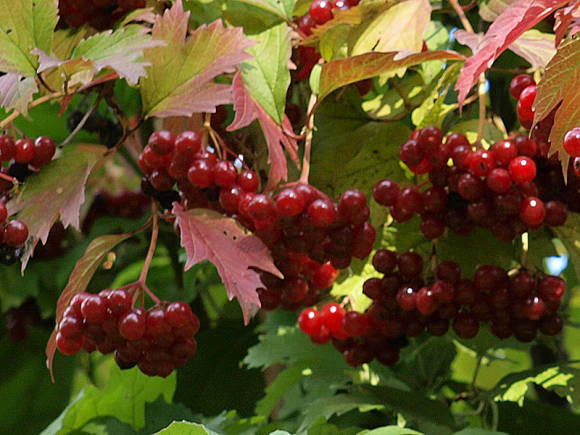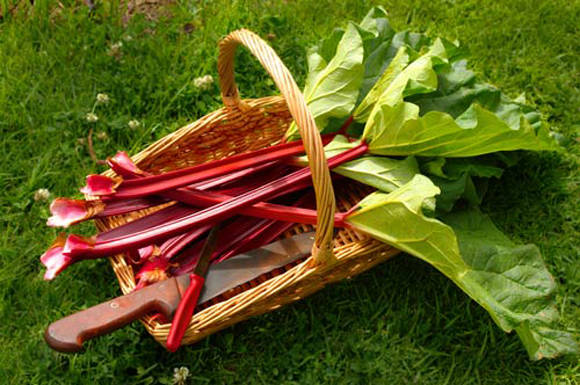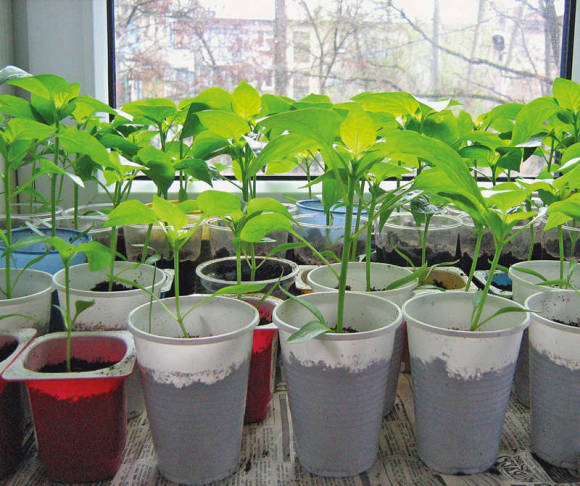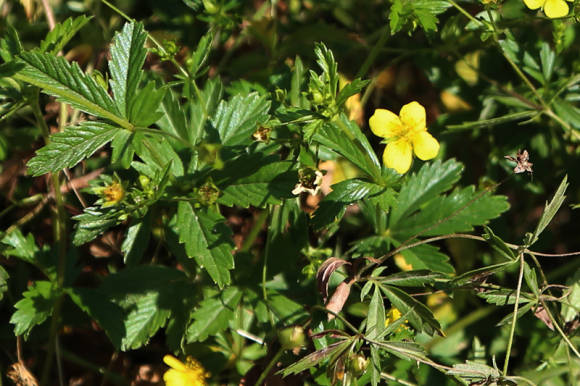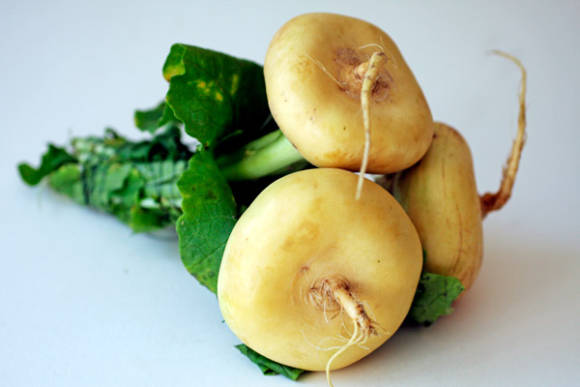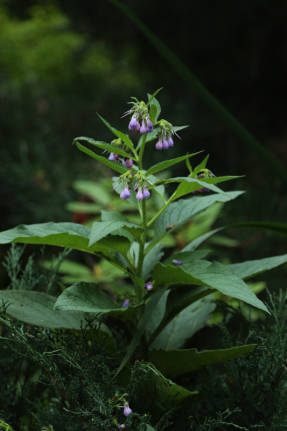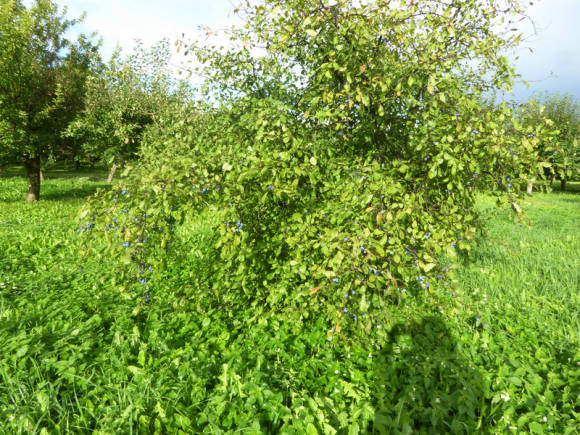"Plants, whose appearance the botanist wants to have captured, must be brought freshly harvested to the artist, and the sooner the better, so that they do not have time to dry, so that the artist will be able to depict them with flowers, roots, seeds, etc., as In this work, artists should be encouraged to ponder how the length and width of each shoot to designate "
(From the instructions to the draftsmen of the Great Northern Expedition of I. Gmelin 1733-1734).
On February 27, 2016, the opening ceremony of the exhibition “Botanical drawing. Science and art". A wonderful spring gift for connoisseurs of this rare art form, which consists in a detailed, botanically accurate depiction of plants.

For a long time, artists have been addressing the theme of lush bouquets and delicate fragile flowers. The oldest manuscript of the father of botany and pharmacology Dioscorides "On Medicinal Substances", dated to the beginning of the 6th century, contains 435 images of plants and animals, made on parchment. Like gardening in general, botanical design began with medicinal herbs. He made plants important for humans recognizable in those days when there was still no taxonomy of plants and their detailed verbal descriptions. Every detail was important - from "top to spine". Since the Middle Ages, Swiss, German, Dutch artists have been successful in this business.
Later, with the emergence of botanical nomenclature and the improvement of typography (18th century), the urgent need for botanical images of plants seemed to have disappeared. But it was during this period that the prestigious profession of a botanical illustrator emerged. Images of plants were created by artists in painstaking techniques of watercolors and engravings; they decorated fundamental botanical works, which sometimes constituted the prestige of entire states.
In Russia, interest in botanical drawing appeared during the reign of Anna Ioanovna, but its heyday is associated with the era of Catherine the Great - a comprehensively enlightened empress.
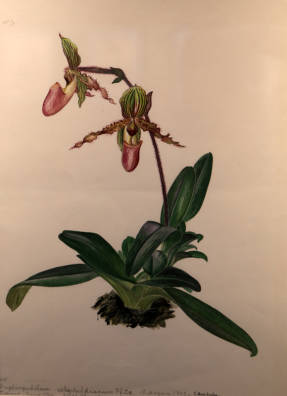 |  |
History has not preserved the name of the artist who worked on the expedition of the first explorer of Siberia D.G. Messerschmidt (1685-1735), who left a number of genuine masterpieces - botanical images of orchids. Academician-botanist I.Kh. Buxbaum (1693-1730), a researcher of southeastern Europe, Asia Minor and the Caucasus, worked exclusively in watercolors along a pencil outline, depicting not only herbaceous plants, but also mosses. His drawings were widely known and were sometimes used by Karl Linnaeus himself. Johann Ammann (1707-1741) became the author of images and descriptions of rare wild plants in Russia, he paid great attention to seeds. I.G. Gmelin shocked the scientific world of Europe with the extensive illustrated botanical work "Flora Sibirica" (1747-1769), published after a 10-year Siberian trip. Finally, "Flora Rossica" by the versatile scientist P.S. Pallas (1784-1789), with hand-painted works of the best engravers of that time, was published at the expense of Catherine the Great herself.
"Catherine's bounty with gentle moisture,
Trees and potions will be born on paper ... "
Luxurious edition of "Altai Flora" by K.F. Ledebour (1829-1834), replete with newly discovered plant species, was the latest in a series of brilliantly illustrated botanical works.
From the end of the 18th - the beginning of the 19th centuries, along with the improvement of engraving techniques, when it was no longer necessary to paint images by hand, botanical drawing penetrated from the pages of scientific books into mass, albeit quite expensive, literature.
Now artistic portraits of flowers, it would seem, can completely replace the photograph available to all. However, this does not happen - on the contrary, botanical drawing gains even more value as an elite art that is not subject to time.An instant snapshot cannot replace the warmth of manual labor, the knowledge of a botanist, and the painstaking talent of an artist.
The exhibition of botanical drawing, which opened at the Academy of Watercolors and Fine Arts of Sergei Andriyaka, shows that nowadays artists work in a variety of techniques, using a wide palette of expressive means. And the desire for a variety of visual genres is growing and does not dry out. Wishing art to flourish and to attract interest in the world of plants, Sergei Nikolaevich Andriyaka solemnly opened the exhibition and presented his paintings "Roses" and "Bouquet" with irises.
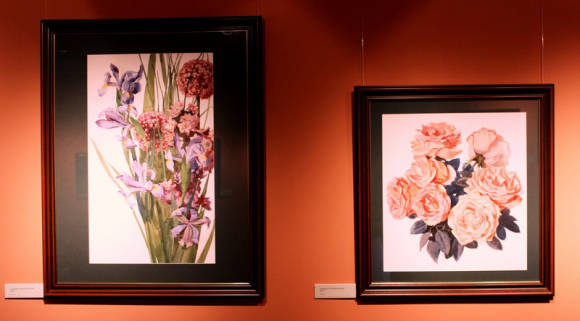
This exhibition for the first time exhibited dozens of works made in the genre of botanical drawing by the artist Sofya Matveeva (1904-1986). Her entire life path is consecrated with love for art. Already in her student years, after entering the Higher Art and Technical Institute, she improved her talent, learning painting and drawing from famous artists - P.V. Kuznetsova, S.V. Gerasimova, N.M. Chernysheva. Later she worked on the design of interiors and facades of city buildings, pavilions of VDNKh (then All-Union Agricultural Exhibition) together with the German architect and artist Erich Borchet. Their family and creative union lasted until 1942, when the head of the family suffered a difficult and unfair fate - to die tragically in the dungeons of Karlag and be rehabilitated only in 1962. We learned about the fate of the parents and the further path of S. Matveyeva from her daughter, Erika Erikhovna who came to the opening of the exhibition.
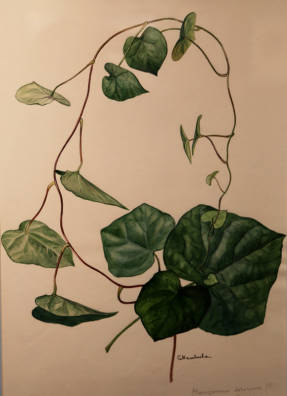 | 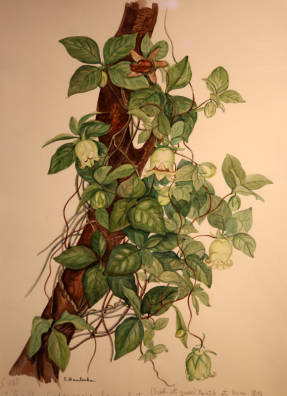 |
During the difficult war years, Sofya Matveeva continued to work in Moscow, designed objects of decorative and applied art, painted boxes and copied paintings of great painters: Levitan, Shishkin, Nesterov. She took up botanical drawing closely when she went to work at the Main Botanical Garden of the USSR Academy of Sciences. For 25 years of work, from the first years after the opening of the garden (since 1946), Sofya Matveeva has created more than 3 thousand drawings - these are outlandish violets, tulips, lilies, irises and orchids brought from long-distance expeditions in Russia and abroad. Life strictly dictates its conditions to us, today many exotic plants growing far in nature are no longer in the open ground of the botanical garden, where it is not so easy to reach even today, but their images have survived, and they can be seen at the exhibition. The GBS RAS tried to perpetuate the memory of our employee, who worked in the flora department, and placed her botanical drawings as illustrations in scientific publications.
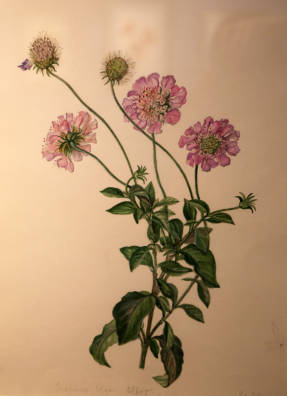 |  |
A frequent visitor to the Main Botanical Garden named after N.V. Tsitsina RAS is our contemporary and talented artist Olga Makrushenko... From early spring to late autumn, she looks out for objects for her work. For the exhibition, she selected the fruits of garden plants, the appearance of which is so natural that it will certainly whet the appetite. Her works are made in the airbrushing technique, which is unique for botanical drawing. These drawings, which were born with the help of an airbrush, spraying the finest jet of paint on paper, have earned international recognition and are kept in museums in England, Japan and America.
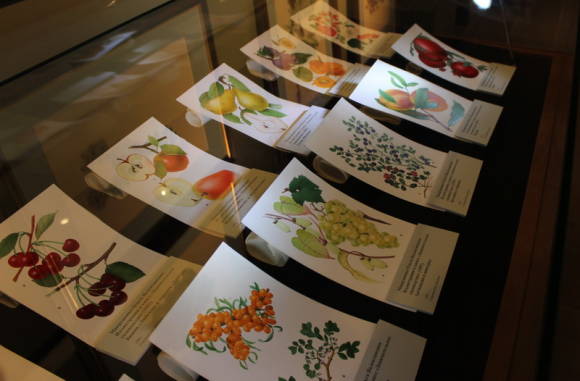
Graphic works Daria Fomicheva also highly appreciated in Russia and the American Society of Botanical Drawing.
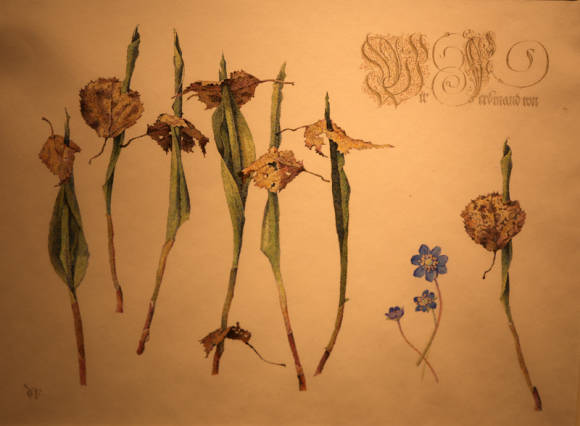
Florist artist Pavel Pugachev, illustrated the "Red Book of the Volgograd Region" and "Flora of the Lower Volga", on the opening day of the exhibition gave a master class, demonstrating at the easel all the techniques necessary for accurate and refined reproduction of the most beautiful representative of the flora - the orchid.
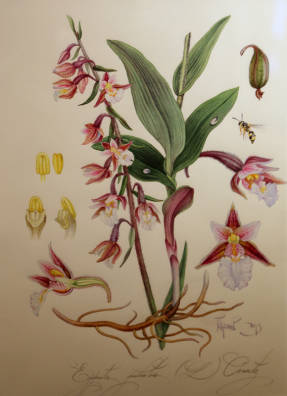 | 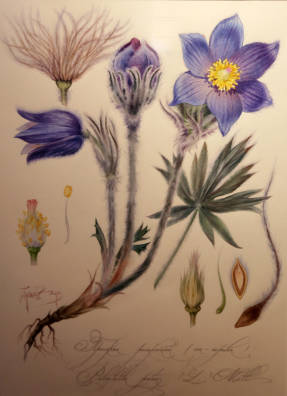 |
Watercolor painter Alexander Vyazemsky offered to review a collection of mushrooms - white, boletus, fly agaric.
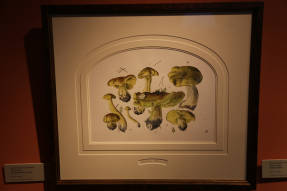 | 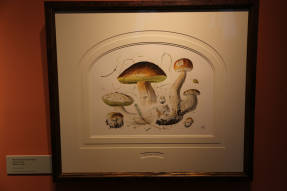 |
In addition to botanical drawing, the exhibition also presents other visual genres that are traditional for depicting flowers, plants, and landscapes.
You can admire for a long time the unique charm of old postcards with flowers and berries, depicted by a German artist Katharina Klein (1861-1929), and the amazing works of the Silver Age artist Lyubov Endaurova (1853-1938), brought to the exhibition from Kirov.
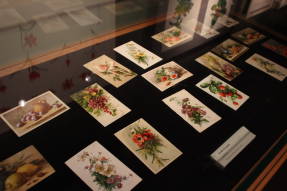 | 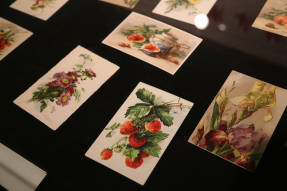 |
The extraordinary skill of the artist is mesmerizing Olga Ionaitis, wonderfully designed for the book "The Garden of Mystery" by the English writer Frances Burnett, which is sure to attract the attention of young readers even more. Fabulously lush vegetation surrounds the heroes of this work.
 |  |
The modern interior will be transformed with bouquets and armfuls of multi-colored peonies Lyubov Lesokhina.

Paper and porcelain are transformed beyond recognition when a hand touches them Ekaterina Lukyanova.

How works of art look like plates decorated according to plant sketches Dmitry Astafiev.
 |  |
Elegant oriental art found its reflection in a painting with tree-like peonies, made Alisa Lozaika in the traditional style of Chinese painting.
The second life begins with dried flowers, tree twigs and shrubs, artistically designed Lyudmila Solod. Its exhibits - weigels, willows, maples and birches - are irreplaceable for educational purposes.

The exhibition will run until May 10, 2016, and there is still time to plunge into the world of creativity and enjoy the beauty of natural flora, which will be interesting not only for adults, but also for children.


